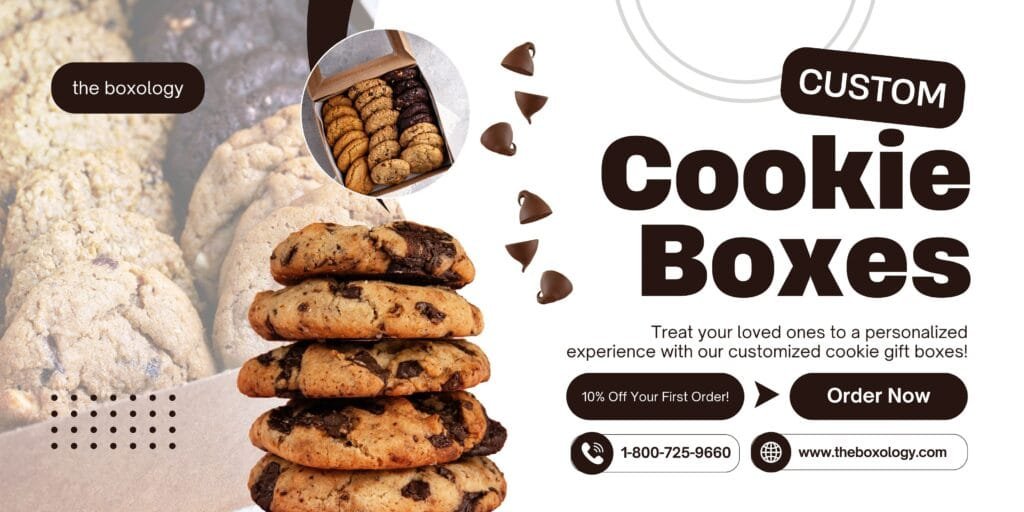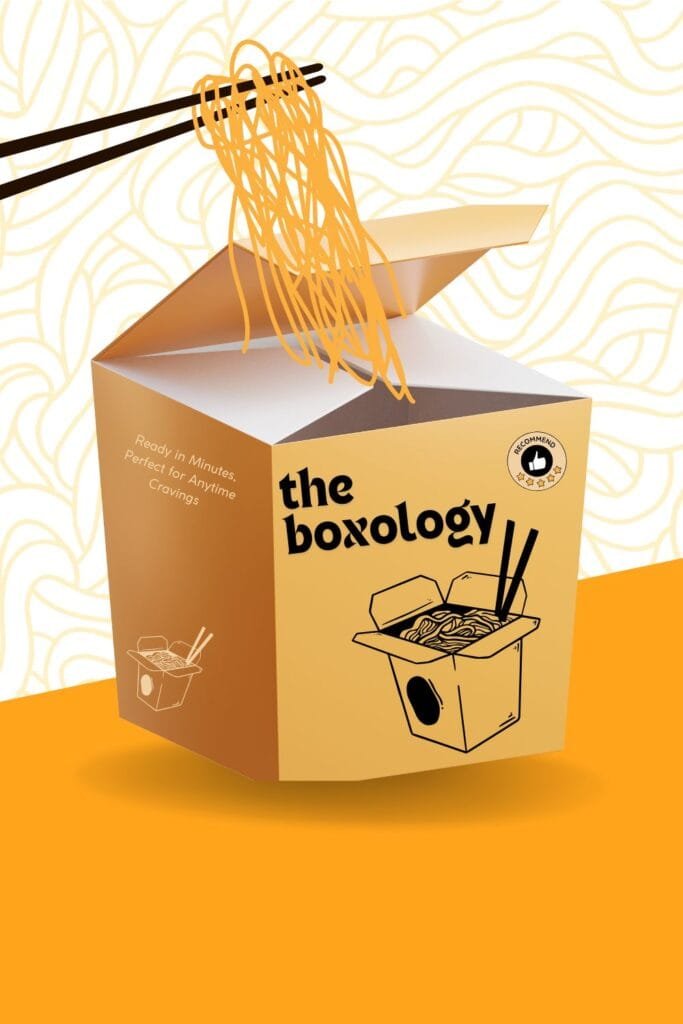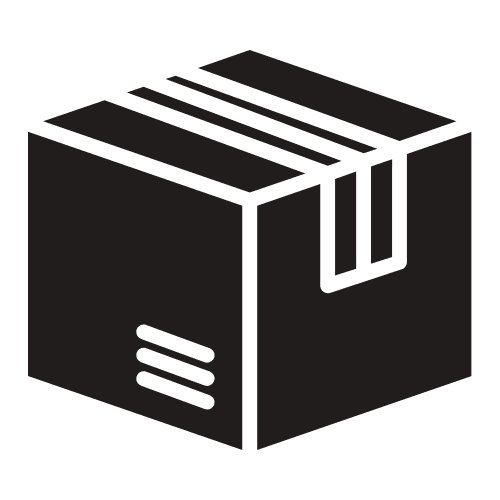Table of Contents
- Introduction
- Market Overview of Food Packaging Boxes in the USA
- Key Trends Shaping the Industry
- Sustainability and Eco-Friendly Materials
- Smart Packaging and Technology Integration
- Customization and Branding
- Challenges Facing the Market
- Regulatory Compliance and Plastic Bans
- Rising Raw Material Costs
- Top 5 Growth Opportunities for 2025
- Consumer Preferences and Demand Drivers
- Future Outlook: What’s Next for Food Packaging Boxes?
- Conclusion

Introduction
The U.S. food packaging industry is undergoing a massive transformation, driven by consumer demand for sustainability, convenience, and innovation. Food packaging boxes, in particular, play a crucial role in protecting products, enhancing shelf appeal, and meeting regulatory standards. With the market projected to reach $148.2 billion by 2030 7, businesses must adapt to evolving trends to stay competitive.
This article explores the current state, key trends, challenges, and future opportunities for food packaging boxes in the USA, providing actionable insights for brands and manufacturers.
Market Overview of Food Packaging Boxes in the USA
The U.S. food packaging market is dominated by paper and paper-based materials, expected to grow at a CAGR of 5.4% due to rising demand for biodegradable solutions 7. Key segments include:
- Rigid packaging (boxes, cartons, trays) – Leading in durability and product protection.
- Flexible packaging (pouches, wraps) – Gaining traction for lightweight and cost-effective solutions.
The packaged food sector accounts for 74.83% of revenue, driven by busy lifestyles and e-commerce growth 7.
Key Trends Shaping the Industry
1. Sustainability and Eco-Friendly Materials
With 82% of consumers willing to pay more for sustainable packaging 6, brands are shifting to:
- Recycled paperboard and compostable materials
- Plant-based plastics (PLA) and mushroom-based packaging 2
- Lightweight designs to reduce shipping costs and carbon footprint 6
2. Smart Packaging and Technology Integration
- QR codes for traceability and interactive consumer engagement 3
- Temperature-sensitive labels to monitor food freshness 10
- AI-driven automation in manufacturing for error-free production 1
3. Customization and Branding
- Minimalist designs for premium appeal 9
- Personalized packaging with brand storytelling 9
- Vintage aesthetics to evoke nostalgia 3
Challenges Facing the Market
1. Regulatory Compliance and Plastic Bans
- California’s 2032 mandate requiring all single-use packaging to be recyclable or compostable 3
- BPA and phthalate restrictions impacting plastic-based packaging 10
2. Rising Raw Material Costs
- Fluctuating prices of recycled paper and bioplastics 5
- Supply chain disruptions affecting production timelines 8

Top 5 Growth Opportunities for 2025
- Expansion of E-Commerce Packaging – Demand for tamper-proof and leak-proof boxes 1
- Biodegradable Innovations – Edible packaging and nanotechnology films 5
- Smart Labeling – Blockchain for supply chain transparency 5
- Localized Manufacturing – Reducing dependency on imports 6
- Subscription Meal Kits – Portion-controlled packaging for HelloFresh and Blue Apron
Consumer Preferences and Demand Drivers
- Hygiene and food safety (75% of U.S. consumers prioritize this) 4
- Convenience (microwave-safe, resealable food packaging boxes) 9
- Eco-conscious choices – Preference for plastic-free packaging 6
Future Outlook: What’s Next for Food Packaging Boxes?
By 2030, the market will see:
- AI-powered automation in food packaging boxes manufacturing 5
- 3D-printed packaging for bespoke designs 5
- Zero-waste circular economy models 8
Conclusion
The U.S. food packaging boxes market is evolving rapidly, with sustainability, smart tech, and customization leading the charge. Brands that invest in eco-friendly materials, AI-driven solutions, and consumer-centric designs will dominate the industry by 2030.
For businesses, the key takeaway is clear: Adapt or risk falling behind.
Highlights
- Food packaging boxes USA
- Sustainable food packaging
- Eco-friendly packaging solutions
- Custom food packaging
- Smart packaging technology
- Biodegradable food boxes
- Paper-based food packaging
- Food packaging trends 2025
- Recyclable food containers
- FDA-compliant food packaging
Inbound Links (Internal to Boxology.com)
- Best Materials for Sustainable Food Packaging
- How Smart Packaging is Revolutionizing the Industry
- Top 10 Custom Food Packaging Brands
Outbound Links (Authority Sources)
- FDA Food Packaging Regulations
- Sustainable Packaging Coalition
- Grand View Research – Food Packaging Market Report
Title Variations (Positive/Negative Sentiment + Numeric)
✅ “5 Revolutionary Trends in U.S. Food Packaging Boxes (2025 Growth Guide)”
❌ “The Hidden Costs of Food Packaging: 3 Challenges Brands Can’t Ignore”
Here’s a trending Q&A format based on the latest insights from the food packaging industry, incorporating high-interest topics and data-driven responses:
Trending Q&A: Food Packaging Boxes in 2025 – Sustainability, Tech, and Market Shifts
Q1: What’s the #1 trend reshaping food packaging in 2025?
A: Sustainability-driven innovation dominates, with 82% of U.S. consumers willing to pay more for eco-friendly packaging 48. Key developments include:
- Biodegradable materials like PLA and edible coatings 10.
- Regulatory pressure: California’s 2032 mandate for 100% recyclable/compostable packaging 8.
- Fiber-based solutions: Tetra Pak’s research into nanostructured paper straws and aluminum-free cartons 12.
Q2: How is technology transforming packaging?
A: Smart packaging is surging, with:
- QR codes/NFC tags: 79% of shoppers prefer scannable labels for product transparency 8.
- IoT integration: Real-time freshness monitoring via gas/temperature sensors 10.
- AI-driven automation: Streamlining production and reducing waste 16.
Q3: Why are brands shifting from rigid to flexible packaging?
A: Flexible packaging is projected to claim 40% of the food sector market by 2025 due to:
- Cost savings: Lighter weight reduces shipping expenses 4.
- Sustainability: Uses fewer materials and supports portion-controlled designs 46.
- Barrier advancements: High-performance films extend shelf life 4.
Q4: What’s the biggest regulatory challenge for U.S. brands?
A: Extended Producer Responsibility (EPR) laws and state-by-state compliance, such as:
- Truth-in-labeling rules: Penalties for misleading recyclability claims 16.
- Tethered caps: Mandates to reduce litter (e.g., EU-style bottle caps) 16.
- Plastic bans: California’s $5B fund to combat pollution 8.
Q5: How can packaging reduce food waste?
A: Innovations include:
- Modified Atmosphere Packaging (MAP): Extends freshness 6.
- Edible coatings: Antimicrobial layers from shrimp shells/coffee grounds 610.
- Smart labels: Color-changing indicators for spoilage 10.
Q6: What’s the future of packaging aesthetics?
A: Brands are adopting:
- Minimalist designs: Bold typography (e.g., RXBAR) 8.
- “Dopaminergic” maximalism: Vibrant patterns to trigger emotional engagement 8.
- Nostalgic vintage styles: Seen in brands like Fishwife 8.
Key Takeaways
- Sustainability is non-negotiable – Eco-materials and compliance are critical 410.
- Tech enhances functionality – From QR codes to AI 810.
- Flexible packaging wins – Balances cost, convenience, and eco-goals 4.
For deeper dives, explore sources like Packaging Dive or AZoCleantech.
Format Note: This Q&A blends data, trends, and actionable insights for industry professionals. Let me know if you’d like to focus on a specific angle!















